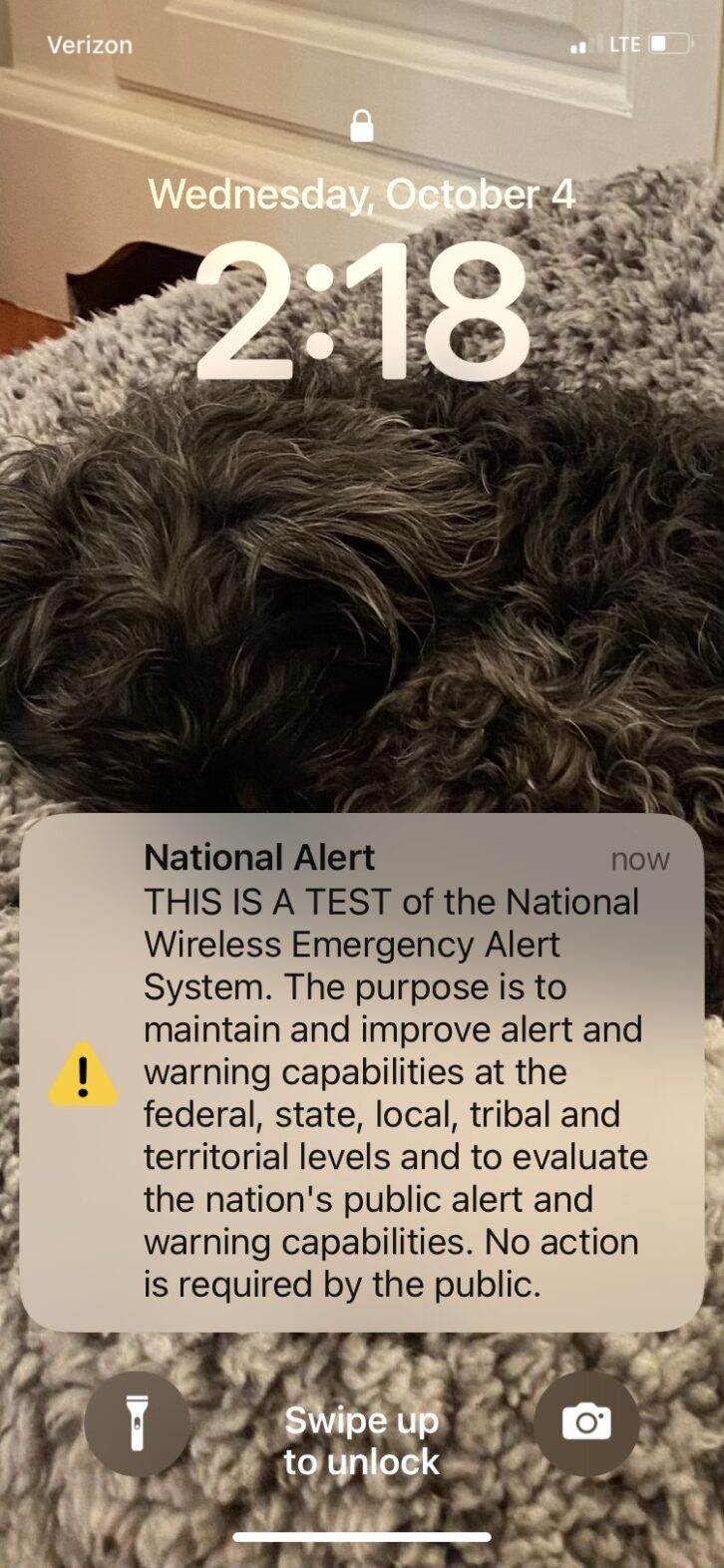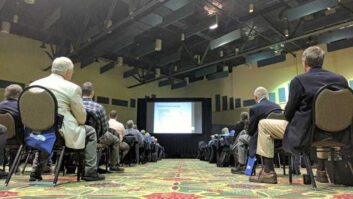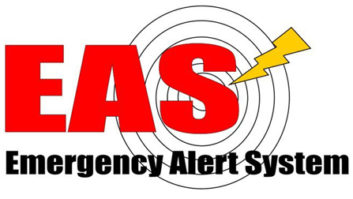FEMA initiated a national test of the Emergency Alert System on Wednesday afternoon, but it’s too soon to determine the receipt and retransmission rates of radio and television stations across United States.
The EAS test for the first time was delivered to stations via the internet, which is an important step to make the system more reliable, FEMA says. Technical glitches do happen though, and it’s likely not all EAS participants successfully received the test, according to observers.
This was the first national test of this country’s public warning capability since Aug. 2021, which reached 89.3% of EAS participants. That test did show improvement over the previous test in 2019, according to the FCC. A final factual report on today’s event issued by the FCC’s Public Safety and Homeland Security Bureau is months away.
Today’s test from FEMA used the internet-based IPAWS system. FEMA and FCC officials said they expected the Common Alerting Protocol (CAP) message to correct the audio quality issues of past nationwide tests.
COMING SOON to a cell phone, television or radio near you!
In a few short moments, @fema, in coordination with the @fcc, will conduct a national test of the Integrated Public Alert and Warning system. pic.twitter.com/ad04YEUaaY
— Jeremy M. Edwards (@FEMAspox) October 4, 2023
FEMA officials have said they are confident the nationwide EAS system will work if ever needed for a real emergency. In all there are more than 25,000 EAS participants, according to the FCC.
An informal email poll conducted by Michigan SECC Vice-Chair Dan Kelley following the EAS test gathered all positive replies from radio broadcasters in the state, saying they successfully received the transmission. One EAS observer in Michigan said the “audio quality was clear and the message was mercifully concise.”
Paul Montoya, chairman of the Wyoming SECC, told Radio World in an email he received no reports of stations in the state not receiving the test. “But some stations are reporting that they received the alert from their LP1 or LP2 about 45 seconds before the CAPS alert, hence the CAPS audio was not used. This should be corrected with the upcoming software update,” Montoya said.
Washington SECC Chair Ted Buehner said: “The initial feedback is that the NPT did quite well. The digital audio was quite good.”
[Sign Up for Radio World’s SmartBrief Newsletter]
Radio broadcasters will now have to follow through on filing requirements. The FCC requires all stations to report the reception and relay of the national test through the EAS Test Reporting System (ETRS).
ETRS Form Two (day of test) needs to be filed by broadcasters on or before Oct. 5, and Form Three by Nov. 20, according to the FCC. Form 3 is a more detailed report on how radio stations handled the EAS test.
Several Michigan broadcasters did report difficulty logging onto the FCC’s ETRS online database to fill out Form 2 following this afternoon’s test. It’s possible the site was slowed by high traffic, according to another EAS expert.
FEMA also conducted a Wireless Emergency Alert today, which was sent to cell phones and other wireless devices at 2:18 p.m.
Although FEMA had released the WEA schedule ahead of time, online chatter assumed the test had gone out two minutes early, especially with the government agency emphasizing a 2:20 p.m. deployment time in its tweets and other messaging.
Wednesday afternoon, the phrase “TWO MINUTES EARLY” could be found trending on Twitter (“X”) as countless users reported receiving the alert on their phones what was believed to be two minutes ahead of schedule (see RW Editor in Chief Paul McLane’s shown here).







